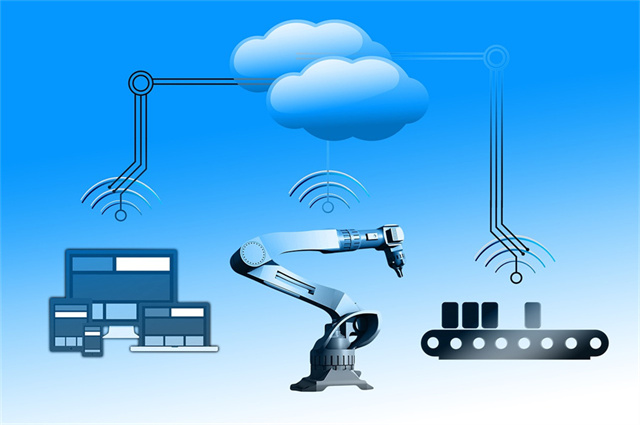The Internet of Things (IoT) is a hot concept nowadays. With the continuous development of technology, various smart devices and sensors have gradually come into people’s field of vision. In the Internet of Things, DTU and RTU, as common hardware devices, play a vital role. This article will introduce the difference between DTU and RTU to help readers better understand and apply it in actual projects.

The full names of DTU and RTU are Data Transfer Unit and Remote Terminal Unit respectively. They are all critical hardware used in the Internet of Things to connect and control sensors and devices. Although their functions are somewhat similar, there are some differences in specific application scenarios and performance.
1. DTU is mainly responsible for data transmission and communication. It is usually used to connect sensors and networks. DTU collects sensor data and sends it to a remote server or cloud platform to achieve remote monitoring and management. DTU has high data transmission rate and stability and can cope with complex data communication environments. It usually supports multiple communication methods, such as 4G, 3G, Ethernet, etc., to meet the needs of different scenarios.
2. RTU pays more attention to data collection and control. RTU is usually used to connect sensors and actuators, responsible for collecting environmental data and controlling related equipment. It usually has more input and output interfaces to support the connection of multiple sensors and devices. RTU can monitor and control the equipment in real time through the local control center or remote platform. RTU usually has strong anti-interference ability and reliability, and is suitable for complex industrial environments.

3. In addition to differences in functions and applications, DTU and RTU also have some differences in external interfaces and scalability. DTU usually has a variety of external interfaces, such as RS232, RS485, Ethernet, etc., which can connect various types of sensors and devices. RTU uses more digital signal interfaces, such as DI (digital input) and DO (digital output), to connect with sensors and actuators. In addition, DTU usually has strong expansion capabilities and can be expanded with more functions and interfaces through slots or interfaces to meet the needs of different projects.
To sum up, DTU and RTU, as two key devices in the Internet of Things, are responsible for data transmission and communication as well as data collection and control respectively. DTU is mainly used to connect sensors and networks to achieve remote transmission and management of data. RTU pays more attention to data collection and control, is used to connect sensors and actuators, and has strong anti-interference ability in complex industrial environments. Understanding their differences is important for selecting appropriate equipment and applying it to actual projects.
In short, DTU and RTU, as two major devices in the Internet of Things, play an important role in data transmission and control. Through the introduction of this article, readers can better understand the differences between them and better apply them in actual projects. In the growing field of Internet of Things, choosing the right equipment and technology will have an important impact on the efficiency and effectiveness of the project. I hope this article can provide some help to readers.